
Tel:
+86 13143444311
Email:sst@szsst88.com
Fax:+0086-755-27322278
Address:Building 9, First Industrial Zone, Tantou Industrial City, Songgang Street, Baoan District, Shenzhen 518105, Guangdong, China
A rivet screw is a specialized fastener combining the permanent fixing of a rivet with the threaded functionality of a screw, ideal for creating strong, threaded connections in thin materials. This guide explains its definition, applications, and step-by-step methods for use and removal, with insights from Shi Shi Tong’s custom solutions.
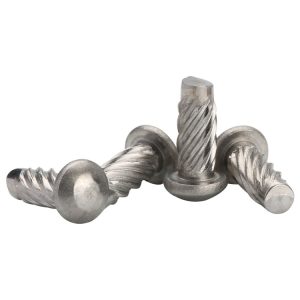
A rivet screw, often called a threaded rivet or Rivnut, is a fastener that provides a threaded anchor in materials too thin for traditional tapping. Unlike standard screws, rivet screws are installed by deforming the fastener to grip the material, creating a permanent or semi-permanent connection. They differ from blind rivets (pop rivets) by offering a threaded interior for bolting.
•Types: Blind rivet screws (Rivnuts), solid rivet screws, and tubular rivet screws.
•Materials: Aluminum, stainless steel, or titanium for durability.
•Key Difference: Unlike screws, rivet screws don’t require pre-threaded holes, making them versatile for manufacturing.
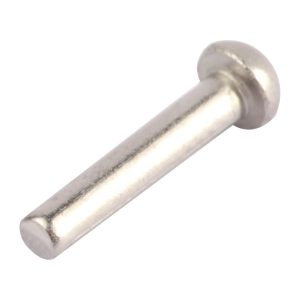
Rivet screws are used to create strong, threaded connections in industries like aerospace, automotive, and construction. They excel in:
•Thin Material Applications: Securely fastening sheet metal or composites.
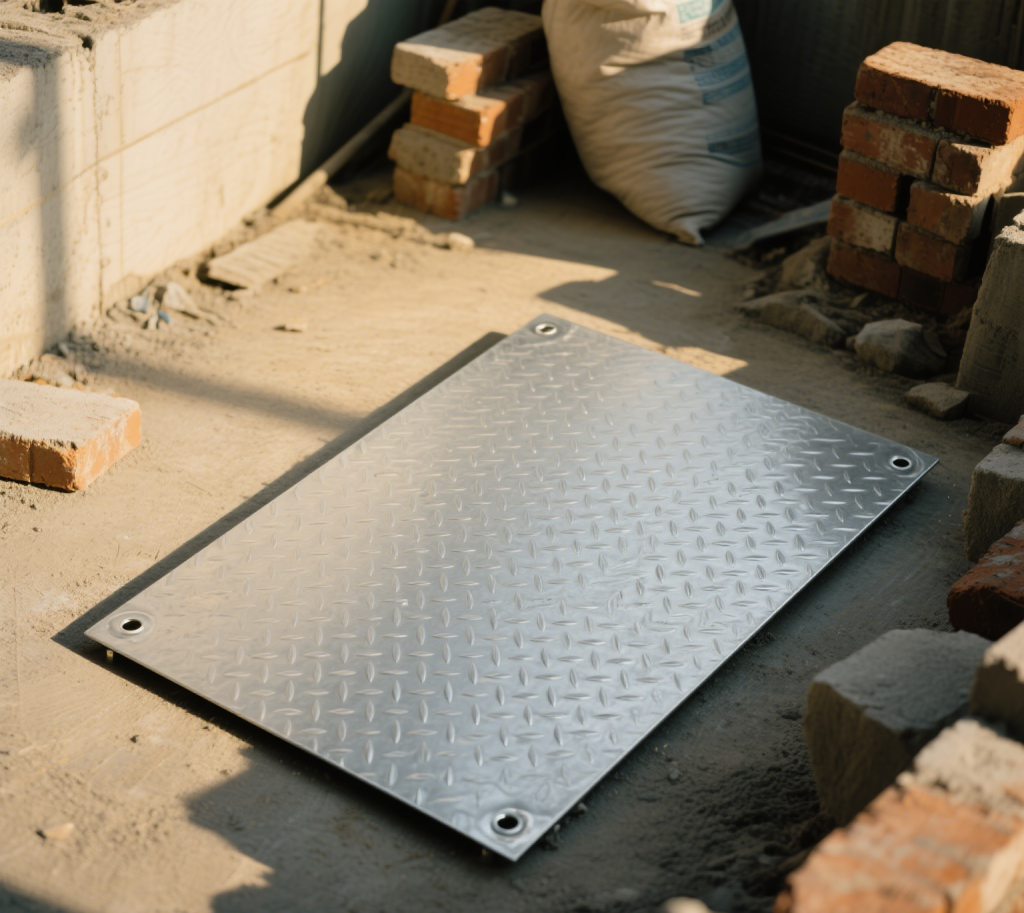
•Vibration Resistance: Preventing loosening in high-vibration environments like machinery.

•Custom Solutions: Shi Shi Tong provides tailored rivet screws for specific engineering needs, such as non-standard sizes or materials.
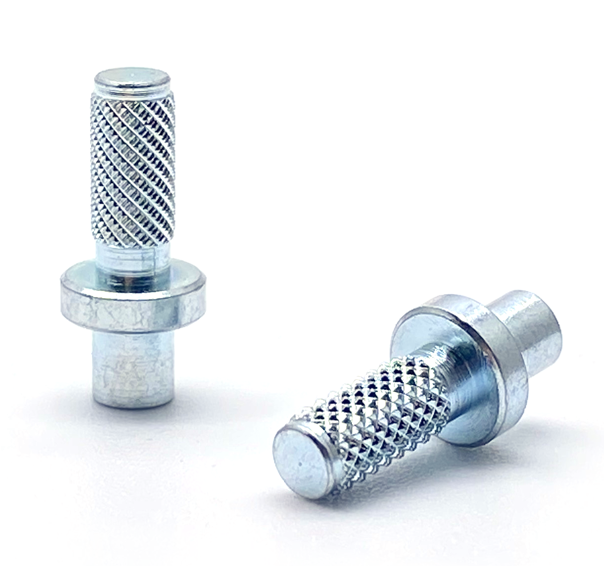
How to Use a Rivet Screw?
Using a rivet screw requires precision and the right tools. Follow these steps for a secure installation:
1.Prepare the Material:
•Drill a hole matching the rivet screw’s diameter (e.g., 4mm for M4 Rivnuts).
•Ensure the material is clean and aligned.
2.Insert the Rivet Screw:
•Place the rivet screw into the hole.
•For Rivnuts, use a threaded mandrel tool; for blind rivet screws, use a rivet gun.
3.Compress the Rivet:
•Slowly squeeze the rivet gun or rotate the Rivnut tool to deform the rivet, securing it to the material.
•For Rivnuts, the tool compresses the rivet to form a bulge, gripping the material.
4.Remove the Tool:
•For blind rivet screws, the mandrel breaks off automatically.
•For Rivnuts, unscrew the installation tool carefully.
5.Tools Needed:
•Rivet gun (for blind rivet screws).
•Rivnut installation tool (for threaded rivet screws).
•Drill with appropriately sized bits.
6.Safety Tips:
•Wear safety glasses to protect against flying debris.
•Avoid over-compressing to prevent material damage.
How to Remove a Rivet Screw?
Removing a rivet screw depends on its type. Here’s the most common method using a drill:
1.Mark the Rivet:
•Use a center punch to create a guide mark on the rivet head.
2.Drill Out the Rivet:
•Select a drill bit slightly larger than the rivet’s center hole (e.g., 4.5mm for a 4mm rivet).
•Drill slowly until the head pops off.
3.Remove the Shaft:
•Use a punch or nail to push out the remaining rivet body.
4.Alternative Methods:
•Solid Rivet Screws: Chisel off the head, then punch out the shaft.
•Soft Rivets: Use tin snips to cut and twist the rivet out.
•Large Rivets: Use an angle grinder with caution.
5.Safety Tips:
•Secure the workpiece to prevent slipping.
•Wear protective gear to avoid metal fragments.
Case Study: Shi Shi Tong’s Custom Rivet Screw Solution
In 2024, a German automotive manufacturer approached Shi Shi Tong (www.sstls.com) to develop a custom stainless steel rivet screw for a lightweight electric vehicle chassis. The client needed a non-standard M6 Rivnut with enhanced corrosion resistance for coastal environments. Our team:
•Designed a titanium-coated Rivnut to withstand harsh conditions.
•Provided on-site installation training for their engineers.
•Delivered 10,000 units within two weeks, ensuring seamless integration into their production line.
This solution reduced assembly time by 20% and improved durability, showcasing Shi Shi Tong’s expertise in custom fasteners.
Rivet Screw vs. Standard Screw: Comparison
|
Feature |
Rivet Screw |
Standard Screw |
|
Installation |
Deforms to grip material |
Requires pre-threaded hole |
|
Material Suitability |
Thin materials (e.g., sheet metal) |
Thicker materials |
|
Vibration Resistance |
High (permanent connection) |
Moderate (may loosen) |
|
Removal |
Requires drilling/chiseling |
Unscrewable |
FAQ
1.What is the difference between a rivet and a rivet screw?
A rivet creates a permanent, non-threaded joint, while a rivet screw (e.g., Rivnut) provides a threaded anchor for bolting.
2.How do you unscrew a rivet screw?
Most rivet screws are not unscrewed; they are drilled out or chiseled to remove the head and shaft.
3.What industries use rivet screws?
Rivet screws are used in aerospace, automotive, electronics, and construction for secure, threaded connections.
4.Can Shi Shi Tong customize rivet screws?
Yes, Shi Shi Tong specializes in custom rivet screws tailored to your specifications. Contact us at www.sstls.com.
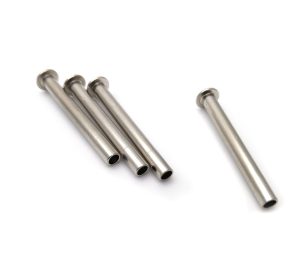
Conclusion
Rivet screws are essential for creating strong, threaded connections in thin materials, offering vibration resistance and versatility. Whether you’re installing or removing them, following precise steps ensures success.
For custom rivet screw solutions, Shi Shi Tong delivers tailored fasteners to meet your manufacturing needs. Contact us to discuss your project today!
 |
Skype: kalyn qin M: +86 18818786322 Tel: +86 0755-27322278 Add: Building 9, Tantou First Industrial Zone, Songgang Street, Baoan, Shenzhen 518105, Guangdong Province, China |
5 月-27-2025
Joan

 +86 13143444311
+86 13143444311 sst@szsst88.com
sst@szsst88.com